Zonotech Depth Perception
Product Details :
Depth perception is an instrument to test the driving aptitude of the drivers how he perceives the vehicles in three dimentions.There are three rods of same height.The two rods on both ends are fixed permanently while the middle rod is movable forward & backward at two speeds.The subject sits at a distance of 2.5 meters away from the unit & looks the rods through a window. The deviation from straight alignment of the three rods which the subject assumes to be correct is read on the manual scale as well as on LCD meter.The unit is illuminated by CFL light.
SPECIFICATIONS:-
- Movement of rods with remote box switches.
- Provisions of 2 speeds 25mm/sec & 50mm/sec.
- Distance between rods 30mm left or right from movable rod.
- Range of movable rods ± 180mm.
- Manual scale rating ± 200mm
- Length of remote switch wire 1.5 mtr.
- CFL light 8 watt in the box.
- Power 220v AC.
This device consists of two rods suspended within an enclosed housing that contains its own lighting systems to provide uniformly diffused illumination. The rods are adjustable back and forth by means of a cord set attached to the rod guides.The unit has been constructed such that external depth cues are eliminated, requiring that a subject make depth discriminations on the basis of binocular or monocular vision cues alone.The unit is designed to test acuity of depth perception, and has had a long history of development. Its earliest appearance is found in the famous three-needle experiment designed by Helmholtz (1856- 1866). Howard, in 1919, revised the design by using only two rods instead of three, making each rod moveable and allowing Subject (S) to adjust the rod designated the comparison. These two rods are seen through an aperture to eliminate extraneous cues. This apparatus became known as the Howard- Dolman Apparatus, and was used to screen aviation candidates for poor steropsis. The present apparatus has been further refined by completely enclosing the rods within a housing and providing a uniform and diffused lighting system. The rods have been connected such that the S moves both rods simultaneously in opposite directions. The scale on top of the housing is graduated in centimeters. The pointer gives the distance each rod has moved away from center; therefore, to obtain the total distance between rods, it is necessary to double the indicated value.




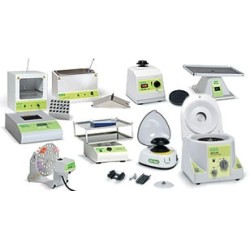

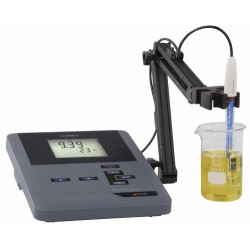
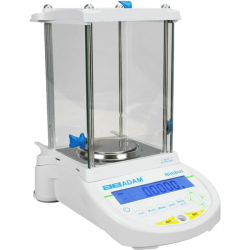

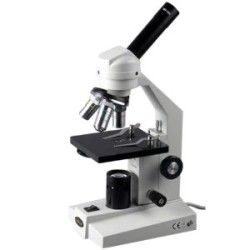
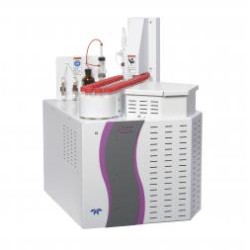






















-100x100-1.jpeg)


